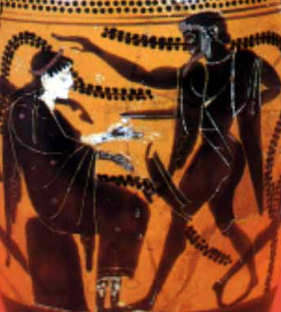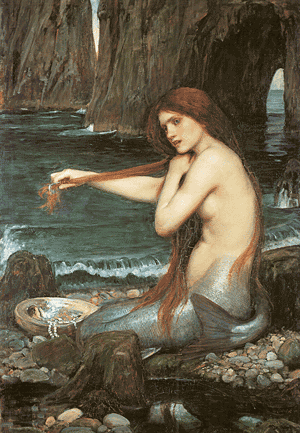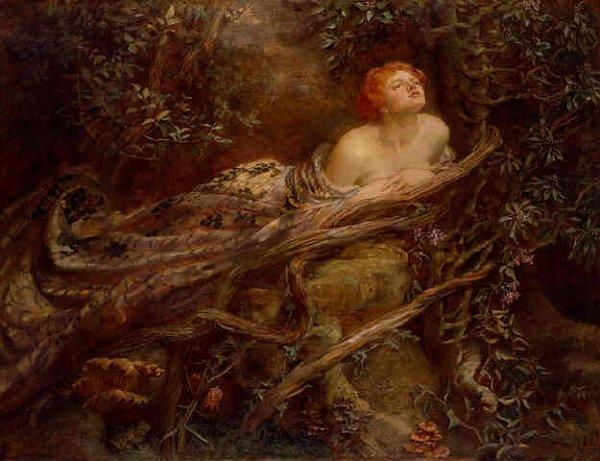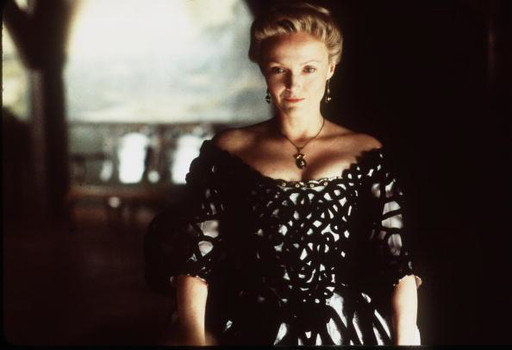Circe the Enchantress
The works of John William Waterhouse often blend feminine beauty and mystery. Above is Circe Invidiosa, his depiction of the goddess Circe. With a sumptuous blend of greens and blues, he created a world that draws us in and mesmerizes. It’s as if you can feel yourself transported into Circe’s world. You can hear the water … Read more




